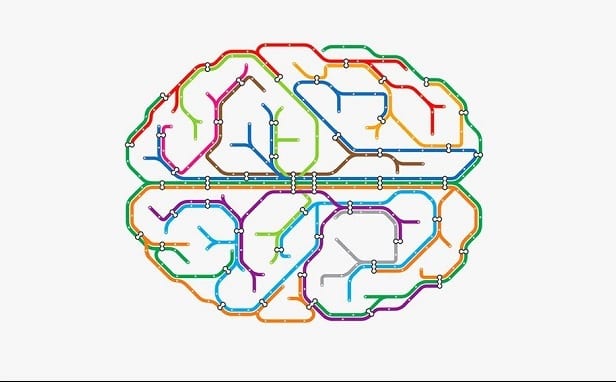The following is a summary of the research article: A Lab Test for Bipolar Disorder?
Topic:
There are no clear anatomic findings in the brain that relate to, or indicate, that someone has bipolar disorder which makes it hard to identify in that respect. However, there may be a way to identify bipolar disorder by looking at how different brain regions communicate with one another using fMRI images and results.
Purpose:
Determine if there is a way to physically see what bipolar disorder looks like, or acts like, in the brain in order to then be able to use this as a test to identify bipolar disorder in individuals.
Method:
Use fMRI images to look at how different regions of the brain communicate with each other, and compare the images of those with bipolar disorder to a control group (people that do not have bipolar disorder).
Results:
There are some distinct differences in the way brains with bipolar disorder, and brains without bipolar disorder, communicate. For example, when looking at faces verse simple shapes, control brains have inverse activity in the amygdala and VLPFC (left ventrolateral prefrontal cortex). This means that while one was active, such as the amygdala, the other would not be, the VLPFC. In bipolar disorder brains, this inverse reaction either was not present or was not inverse, meaning both would be highly active at the same time or neither would be.
There was also evidence to show that those with ADHD had results that were very similar to those who have bipolar disorder, indicating a similar brain communication pattern in both.
What does this mean?:
Realistically, these findings are not able to be used as a way to test for bipolar disorder because the tests are complicated and the results can be hard to interpret. The good thing is, these results show that we are getting closer to understanding the brain differences between those with bipolar disorder and those without the disorder. It is clear there are some communication differences between different areas of the brain that can be tracked and seen through fMRIs. With this knowledge, we are able to keep focusing on brain communication in hopes that we will one day understand it better and possibly even develop a test that would confirm the diagnosis.

